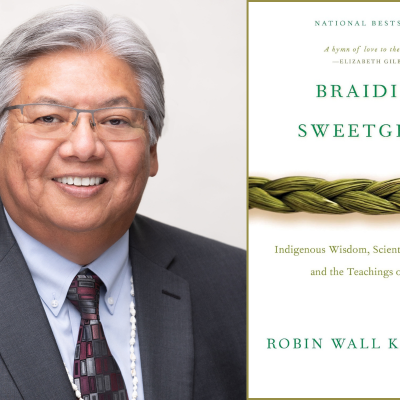Carey’s Corner: Research Today, A Cure Tomorrow

JDRF is leading the effort to fight Type 1 diabetes
By Carey Peña
In May 2014, the Roberts family rushed their son JD to the emergency room.
The star football player had been experiencing some alarming symptoms such as weight loss, headaches, vomiting and fast heart rate. After a search on Google, the family discovered many of the symptoms were associated with Type 1 diabetes.
A friend whose daughter has diabetes checked JD’s blood sugar. It was so high that it didn’t register on the monitor. That’s when they found themselves in the ER.
“It’s like drinking from a fire hose in the beginning and you are just trying to figure it out,” JD’s mom, Kim Roberts, told me. “That was a blow when he was diagnosed.”
The Roberts family had to learn quickly about T1D and how to manage JD’s care because his body does not regulate blood sugar. It can be a very dangerous situation.
The first thing JD does when he wakes up in the morning is check his numbers. “It’s on my phone so I don’t have to prick my finger anymore,” the now 16 year old told me. “I take insulin whenever I eat. And whenever my levels are high, I take a shot to bring them back down.” It’s hourly management.
But there’s new hope for JD and millions of others.
A PROMISE THAT COULD SAVE LIVES
Groundbreaking research is being done in Arizona that’s showing great promise and gaining national attention.
I wanted to know more about it, especially since I’m the emcee of the JDRF Promise Ball Gala. So, I went to meet the researchers who are leading the charge.
Klearchos Papas, Ph.D. and Robert C. Johnson, Ph.D. of the University of Arizona are developing cell therapies to cure T1D through two projects: “High Cell Density, Oxygen-Enabled, Beta Cell Encapsulation” and“Accelerated Insulin Absorption Through Miniature Implantable Devices.”
“It would be a breakthrough if we can do it and we hope we can. There have been many people who have tried over the past 40, 50 years,” Papas told me.
He became visibly emotional when we spoke about his work to cure diabetes.
Johnson is also emotionally connected. So much so that this project brought him out of retirement.
“One of the biggest developments is the ability to convert stem cells into insulin-secreting beta cells. We are working on the system that you would put these cells into and transfer them at a subcutaneous site,” Johnson explained.
In short, the goal is for patients to no longer have to take injections or worry about low or high blood sugars.
Dr. Johnson was diagnosed with T1D in 1969 and it changed the course of his life.
“I decided that I would spend my life trying to repay for being given a chance to live, and that’s why I became a biochemist,” he said.
“WE NEED BETTER TREATMENT OPTIONS; WE NEED CURES.”
There are more than 30 million diabetics in the United States. About 1.6 million of those are Type 1. The work being done in Arizona has a chance to transform and save lives.
That’s why the president and CEO of JDRF, Aaron Kowalski, flew to Arizona to meet the researchers as well.
“Drs. Johnson and Papas are at the forefront of one of the most exciting areas of diabetes — cell replacement therapies. This could eliminate the need for wearing devices and could drive us toward cures,” Kowalski said. “We are seeing these move into human trials, which is the most important step right before the market.”
An internationally recognized scientific expert, Kowalski was pivotal in the transformation of JDRF’s role as the leading global organization funding T1D research.
He, too, has a personal connection.
Kowalski’s brother was diagnosed with T1D when he was 3, and Aaron Kowalski was diagnosed when he was 13
“Our family has lived it. It’s been hard but we’ve seen such incredible progress,” he said. “I call it a renaissance time in diabetes research.”
UNSTOPPABLE
JDRF is currently working to raise $1.5 million to underwrite this research — and they have momentum on their side.
“It’s going to be huge for the diabetic community and children in particular,” Johnson said. “We are coming up on the 100th anniversary of the discovery of insulin back in 1921. I am hoping for a therapy that revolutionizes things for diabetic patients.”
When I went to conduct these interviews, I was moved by the deep passion of the researchers, the organization’s CEO, and the unstoppable drive of the Roberts family. The family will be honored at the 2019 Promise Gala.
JD Roberts is still managing his T1D every hour of every day. But that hasn’t stopped him from having a successful football career at Notre Dame Prep and looking ahead to playing in college.
His parents, David and Kim Roberts, are confident that work being done in Arizona today will lead to a cure tomorrow for their son — and millions of others.
“To me, it’s about using modern technology to eradicate a disease that we don’t have to live with anymore,” David Roberts said. “That’s pretty powerful.”
To learn more about JDRF, visitjdrf.org.






